Dog Separation Anxiety Solutions
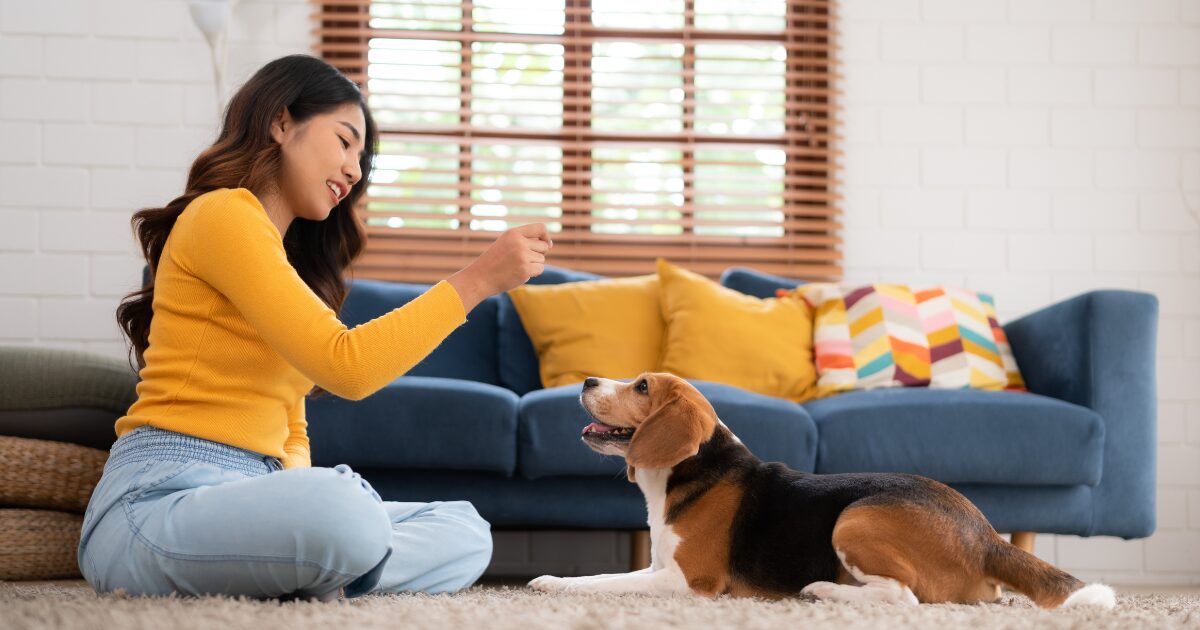
Introduction
As a busy professional, your life can be a whirlwind of meetings, deadlines, and various responsibilities. You may love your dog deeply, but when it comes to managing their separation anxiety, your own busy schedule can make things more difficult. As much as you may wish you could be home all day with your furry friend, the reality is that your dog is often left alone during long hours. While this is common, it’s also stressful for both you and your dog if they struggle with separation anxiety. The sight of a stressed-out dog can be heartbreaking, but the good news is that you can help alleviate their anxiety with the right dog separation anxiety solutions.
Training your dog to stay alone without stress is not an overnight process, but it is absolutely possible. By understanding your dog’s emotions, creating a calming routine, and implementing specific behavioral techniques, you can guide your dog to feel more comfortable when left alone. This is especially important for busy professionals, who often juggle long work hours and travel schedules, but there are strategies that can be seamlessly integrated into your day-to-day routine. In this article, we’ll walk you through practical and effective dog separation anxiety solutions that can transform your dog’s alone time into a peaceful experience. Let’s dive into how you can make your dog’s life—and yours—more stress-free!
Understanding Dog Separation Anxiety: Why Your Pup Feels Stressed When Left Alone

What is Separation Anxiety?
The first step in addressing your dog’s separation anxiety is understanding why they react the way they do. Separation anxiety isn’t simply about bad behavior—it’s a condition rooted in emotional distress. Dogs who suffer from separation anxiety experience intense feelings of fear and panic when left alone. These feelings can be triggered by a variety of factors, including previous trauma, a sudden change in routine, or even genetic predisposition.
The Emotional Bond Between Dogs and Owners
Dogs are naturally social creatures, and they form deep emotional bonds with their owners. This bond is built on trust and companionship. So, when they’re left alone, they can experience feelings of abandonment, which triggers a fight-or-flight response. The anxiety manifests in various behaviors, such as excessive barking, destructive chewing, drooling, urination, and even trying to escape from their designated area.
How Environmental Factors Contribute to Anxiety
The emotional bond between you and your dog is similar to that of a child with their parent, especially for dogs that spend a lot of time with their owners. A sudden absence or change in the environment can cause panic and uncertainty for your dog, and their anxiety may be compounded by the sounds of traffic, neighbors, or even other animals in the vicinity. If your dog has been rehomed or had a difficult past, they may have developed separation anxiety due to feelings of abandonment.
Separation Anxiety is Not a Choice
It’s essential to realize that these behaviors are not intentional or out of spite—they are simply a sign that your dog is stressed and needs help. This understanding will shape your approach to finding the best dog separation anxiety solutions for your pet. With time, patience, and consistency, you can help your dog learn that your absence is not a threat, and that they can stay calm even when you are not around.
Tailoring Solutions to Your Dog’s Needs
When considering separation anxiety solutions, it’s important to keep in mind that no two dogs are alike. Some dogs may only show mild signs of anxiety, such as whining when you leave, while others may exhibit extreme distress, including destroying furniture or attempting to escape the house. Regardless of the severity, these behaviors are all rooted in anxiety, and with the right interventions, you can help reduce these symptoms and restore balance to your dog’s emotional health.
Dog Separation Anxiety Solutions for Busy Professionals: Building a Calming Routine
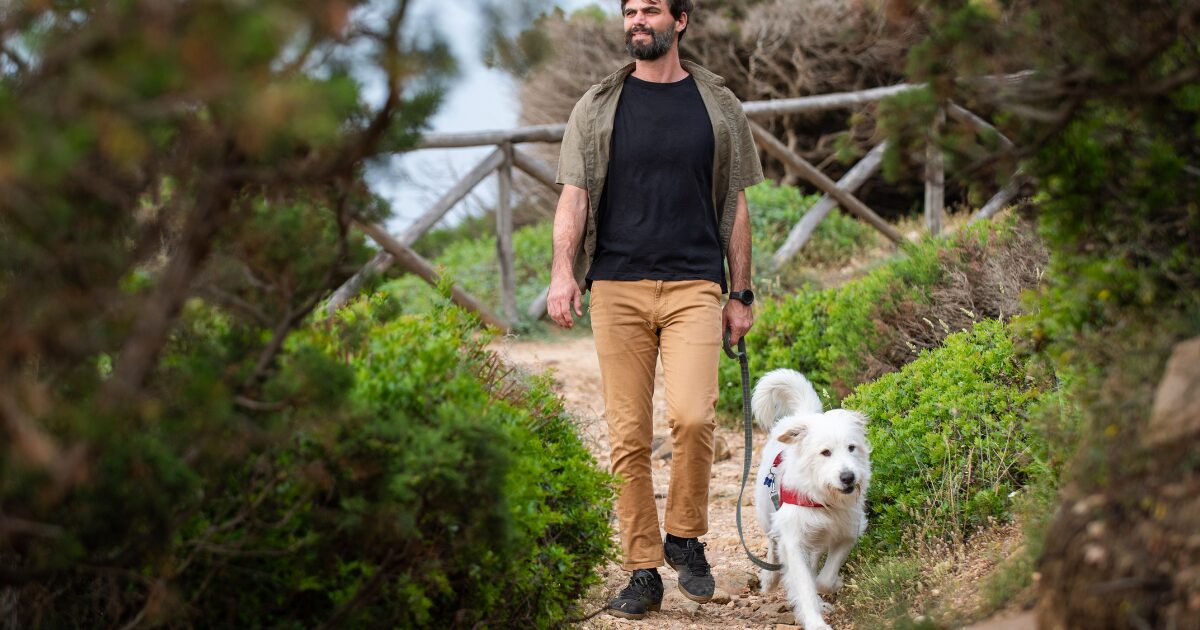
The Importance of Routine for Dogs
For a busy professional, developing a consistent and calming routine for your dog is one of the most powerful dog separation anxiety solutions. Dogs thrive on routine. The predictability of their day-to-day activities gives them a sense of security and comfort. When you leave, having a set routine can provide emotional reassurance and reduce anxiety for your dog. A structured routine helps prevent confusion and allows your dog to anticipate when you’ll be home, which lessens feelings of abandonment.
Establishing a Pre-Departure Routine
Start by establishing a set pre-departure routine. This could include a brief walk or play session, followed by a calm and consistent departure. For example, you could follow a sequence of actions, like grabbing your keys, putting on your shoes, and saying a particular phrase like “Be good, I’ll be back soon.” By repeating the same actions before every departure, your dog will begin to recognize these steps as part of the process of your leaving. This consistency will help reduce their anxiety and help them understand that your departure is just a small part of their day.
Mental and Physical Stimulation Before Leaving
Another crucial element of a calming routine for busy professionals is ensuring your dog is mentally and physically exercised before you leave. A tired dog is far less likely to experience heightened anxiety when left alone. Try incorporating short walks, playtime, or interactive toys into your morning routine. Physical activity, particularly walks, not only burns off excess energy but also triggers the release of endorphins—helping to calm your dog’s nerves. By tiring them out before you leave, you’re helping to alleviate anxiety and stress.
Engaging Toys and Puzzle Feeders
If your schedule doesn’t allow for a long walk, consider providing your dog with engaging toys or puzzle feeders that can keep them busy and mentally stimulated. Puzzle toys, for example, require your dog to solve a problem in order to get a treat, which helps distract them and keep their mind occupied during your absence.
Creating a Safe Space
For busy professionals, another helpful strategy is to create a designated “safe space” for your dog. This could be a cozy crate, a room filled with their favorite items, or a gated-off area. The goal is to provide your dog with a safe environment that they associate with calmness and security. Having a consistent space that is free from distractions can help your dog relax when you’re not around.
Hiring a Dog Walker or Pet Sitter
Lastly, if you’re going to be away for long hours, consider hiring a dog walker or pet sitter to break up the day. Having someone come in during the day can reduce your dog’s anxiety and provide them with some much-needed companionship and exercise.
Building Trust and Reducing Anxiety Over Time
By establishing a predictable routine and ensuring that your dog is mentally and physically prepared for your departure, you are building a foundation of trust and security that will help reduce anxiety over time. Your dog will learn that being alone is just another part of their day, and that you’ll always return to them.
Simple Training Techniques for Overcoming Separation Anxiety in Dogs
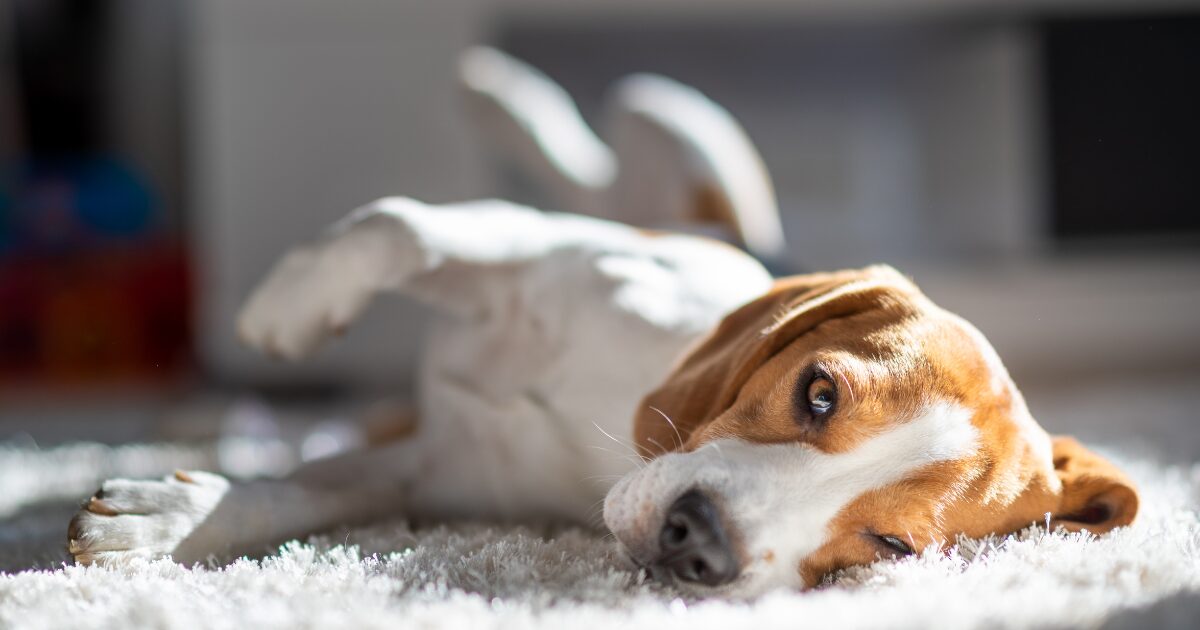
The Importance of Training for Separation Anxiety
Training is a crucial part of any dog separation anxiety solution, and the earlier you begin, the better. For busy professionals, integrating training techniques into your routine can be a game-changer. Two fundamental training methods that have proven to be effective are gradual desensitization and positive reinforcement.
Gradual Desensitization: Easing Your Dog Into Alone Time
Gradual Desensitization works by slowly getting your dog used to the idea of being alone. This technique involves starting with very short absences and gradually increasing the time you’re gone. The goal is to help your dog understand that being alone doesn’t mean you’re gone forever. Start by leaving your dog alone for just a few minutes at a time and then gradually work your way up to longer durations.
Positive Reinforcement: Encouraging Calm Behavior
During these short departures, it’s essential to remain calm and low-key. Dogs are highly attuned to our emotions, and if you make a big deal out of leaving or returning, it can heighten their anxiety. The key is to make the process as uneventful as possible. Your dog will begin to realize that your leaving doesn’t lead to anything traumatic, and that you will always come back.
Crate Training: Creating a Safe Space
Positive reinforcement is another powerful technique for overcoming separation anxiety. By rewarding your dog with praise, treats, or a favorite toy when they remain calm during your absence, you’re reinforcing positive behavior. Each time your dog stays calm, they will begin to associate your departure with something pleasant, and they will be less likely to exhibit anxious behaviors in the future.
If your dog shows signs of anxiety, such as whining or barking, it’s important not to react negatively. Instead, focus on rewarding calm behavior, and be patient with your dog’s progress. Remember, the goal is to encourage positive associations with being left alone, and consistency is key.
Crate Training: Creating a Safe Space
A third method involves crate training. Many dogs find comfort in having a designated space like a crate, as it provides a sense of security. If your dog is not already crate trained, consider introducing them to their crate gradually, making it a positive experience by using treats and toys. Over time, your dog will learn that their crate is a safe, cozy space where they can relax during your absence.
Integrating Training Into Your Daily Routine
With these simple training techniques—gradual desensitization, positive reinforcement, and crate training—you can help your dog build confidence and reduce anxiety when left alone. As a busy professional, integrating these methods into your routine will not only help your dog feel more secure but also allow you to leave for work with less stress and guilt.
Dog Separation Anxiety Solutions for the Apartment Dweller: Creating a Safe Space

Understanding the Challenges of Apartment Living
Living in an apartment adds a layer of complexity to managing your dog’s separation anxiety. The confined space, noise from neighbors, and lack of a yard can exacerbate feelings of anxiety for your dog. However, with the right solutions, apartment living doesn’t have to be a source of stress for your dog.
Setting Up a Safe Space
Creating a safe space within your apartment is one of the best dog separation anxiety solutions for those who live in smaller spaces. A safe space is an area where your dog can retreat to feel calm and secure while you’re away. This could be a crate, a playpen, or a designated room where your dog can relax without feeling overwhelmed. The goal is to create an environment where your dog feels sheltered and comfortable.
Crate Training for Comfort and Security
If you choose to use a crate, make sure that it’s a positive and inviting space for your dog. Crate training should be done gradually, using positive reinforcement to encourage your dog to associate the crate with positive experiences, such as meals or playtime. The crate should never be used as a punishment zone, as that can increase anxiety.
Alternative Safe Spaces
Alternatively, you could set up a room with your dog’s bed, toys, and a blanket that smells like you. The scent of your clothing can provide comfort and reassurance. Another effective way to soothe your dog’s anxiety is by using calming products, such as pheromone diffusers, calming collars, or even anxiety-relieving music. These tools create a soothing environment that can help mask sounds from outside the apartment that may trigger anxiety.
Managing Noise Levels
Apartment dwellers also need to manage noise levels. If your dog is reactive to sounds like traffic, footsteps from neighbors, or other pets in the building, it’s important to reduce as much noise as possible. Playing calming music or using white noise machines can help block out these potentially stressful sounds.
Providing Mental Stimulation
Mental stimulation is also crucial for dogs living in apartments. Without access to a yard, your dog may have fewer opportunities to burn off excess energy. You can compensate for this by using puzzle toys, treat-dispensing toys, or engaging in regular indoor play sessions. These activities keep your dog mentally engaged and reduce anxiety by offering them a sense of accomplishment.
Hiring a Dog Walker for Midday Relief
In addition to setting up a safe space and using calming products, consider hiring a dog walker to break up the day. A midday walk can provide your dog with some much-needed exercise and mental stimulation, which will leave them calmer and more relaxed when you return home. It also helps to give your dog some company during the day, reducing the feeling of loneliness.
Helping Your Dog Adjust to Apartment Living
By creating a safe and secure space for your dog and reducing external stressors, you can help your dog adjust to apartment life without anxiety. Over time, your dog will learn that being alone in your apartment is not a stressful experience but rather a peaceful one.
Maintaining Your Dog’s Emotional Health: Long-Term Dog Separation Anxiety Solutions
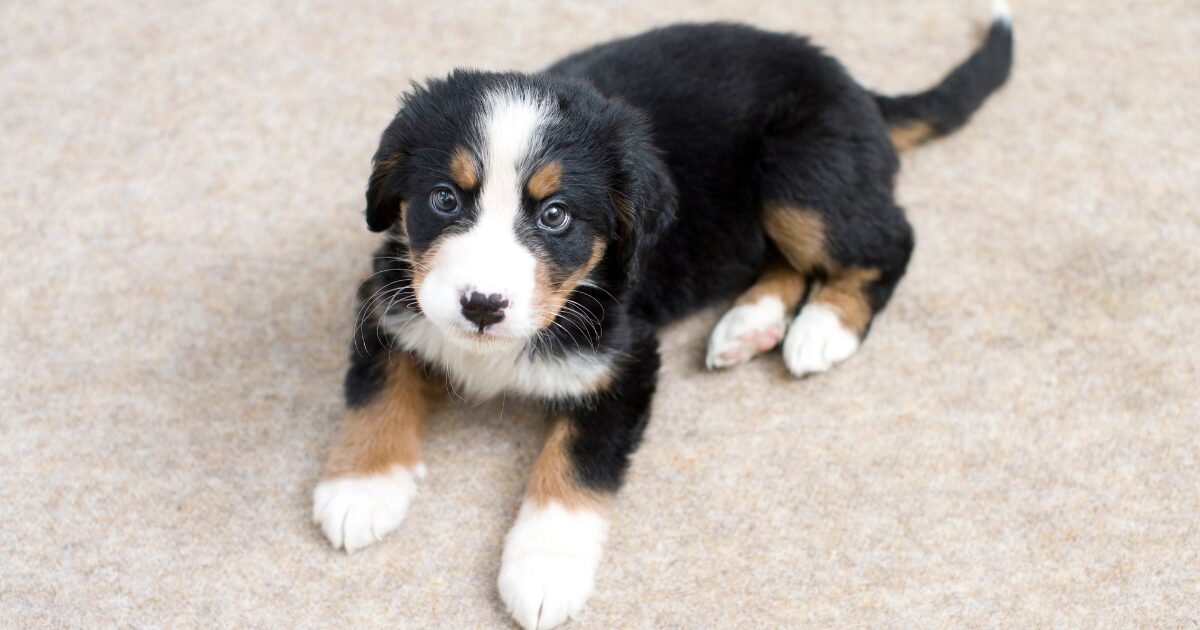
While short-term solutions can help alleviate the immediate effects of separation anxiety, it’s equally important to focus on your dog’s long-term emotional health. For busy professionals, maintaining a calm and stable environment for your dog is an ongoing effort. The following strategies can help ensure that your dog remains comfortable and secure even as your daily routine evolves.
One of the key elements of long-term success is maintaining a consistent exercise routine. Regular exercise is essential for your dog’s mental and physical health. Whether it’s a morning jog or an evening play session, physical activity helps burn off excess energy and triggers the release of endorphins, which promote feelings of calm and happiness.
In addition to physical exercise, mental stimulation is also vital. Puzzle toys, obedience training, and interactive games can help engage your dog’s brain, preventing boredom and frustration. Boredom is often a major
contributor to anxiety in dogs, so providing mental challenges can reduce the likelihood of anxiety-related behaviors.
It’s also important to monitor your dog’s behavior closely and make adjustments to your training or routine as needed. If you find that certain techniques are not working or that your dog’s anxiety is worsening, it may be time to consult with a professional dog trainer or behaviorist. Sometimes, dogs need a more individualized approach to managing separation anxiety, including specialized training techniques or, in some cases, medication.
By staying proactive and committed to your dog’s emotional well-being, you can help them develop long-term coping mechanisms for separation anxiety. With consistent care, attention, and the right tools, your dog will become more resilient and learn to stay calm during your absences.
Conclusion
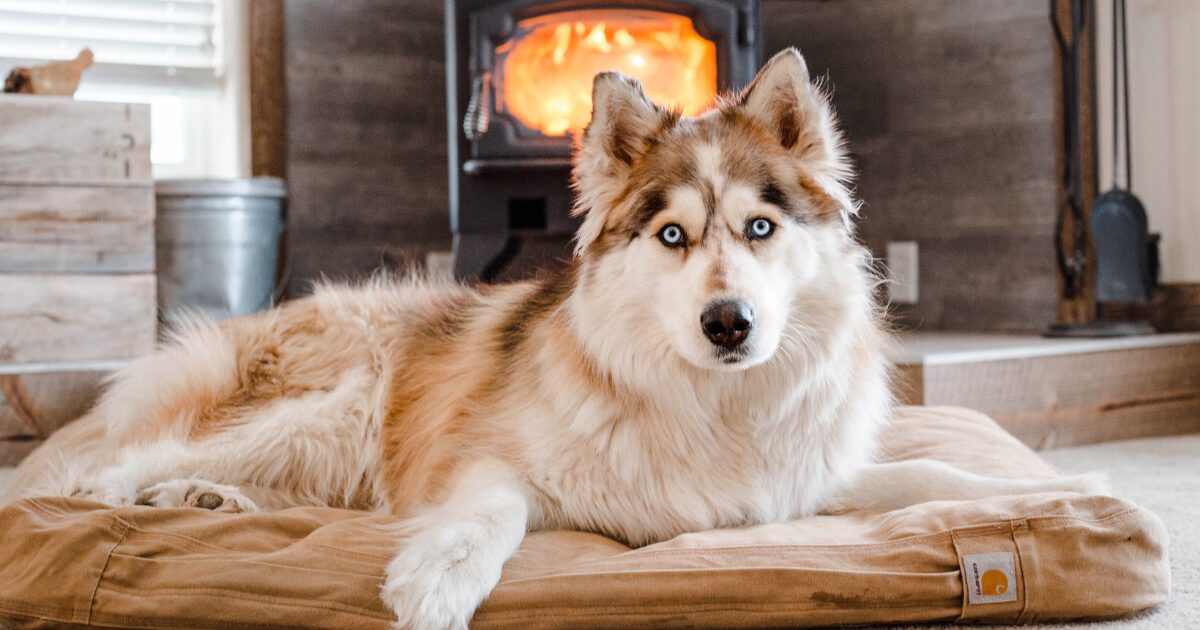
The Importance of Training for Separation Anxiety
Training your dog to stay alone without stress is not only a crucial step for their emotional well-being, but it also significantly improves your quality of life as a busy professional, a first-time dog parent, or anyone managing a pet with separation anxiety. It’s normal to feel guilty or concerned about leaving your dog alone, but you can manage their anxiety with the right strategies and consistent care. Over time, by implementing dog separation anxiety solutions such as building a calming routine, practicing gradual desensitization, and offering mental and physical stimulation, you can help your dog feel more secure and relaxed in your absence.
Understanding Your Dog’s Emotional Connection
Understanding the emotional connection between you and your dog is key. Dogs, being social animals, naturally form bonds with their owners, and separation anxiety is often a reflection of the strong attachment they feel toward you. This understanding allows you to approach training with empathy and patience, which is essential for fostering a trusting relationship between you and your pet. The journey toward easing separation anxiety is not about rushing the process or expecting immediate results; it’s about creating an environment where your dog feels safe, confident, and loved—even when you’re not there.
Simple Solutions for Busy Professionals
For busy professionals, it’s especially important to incorporate simple yet effective solutions into your routine, such as pre-departure rituals, creating a safe space, and considering the use of calming tools. By gradually introducing these techniques and reinforcing positive behavior, you’ll start to see your dog becoming more comfortable when left alone. Whether you live in an apartment or have a larger home, providing your dog with a designated space where they can retreat and feel secure can significantly reduce anxiety levels. The use of mental stimulation, exercise, and regular check-ins from dog walkers or sitters can also provide the extra support your dog needs during your absence.
A Long-Term Commitment to Your Dog’s Well-Being
Remember, the process of alleviating separation anxiety is an ongoing commitment. The more you work on reinforcing a predictable routine, rewarding calm behavior, and making adjustments as needed, the more confident and independent your dog will become. Every dog is unique, and what works for one may not work for another, but with persistence, the right tools, and a bit of professional guidance when needed, your dog can learn that being alone isn’t something to fear.
Seeking Professional Help When Needed
In addition to the methods we’ve covered, it’s worth remembering that seeking help from a qualified dog trainer or behaviorist is an option if you find that your dog’s anxiety persists or worsens. Sometimes, professional guidance is necessary to address more severe cases of separation anxiety. Additionally, you can consider medication for dogs when behavioral techniques alone do not effectively manage their anxiety. The key is to be proactive, stay informed, and continue learning about your dog’s needs.
A Happier, More Confident Dog
As your dog becomes more accustomed to being alone without stress, you will notice a positive shift in their behavior, and you’ll feel more confident in leaving them. It’s a process that takes time, but the bond you share with your dog is worth the effort. By creating a peaceful and reassuring environment for your dog and consistently applying dog separation anxiety solutions, you’re giving them the tools to thrive emotionally, even in your absence. With patience, compassion, and the right strategies, your dog will learn that being alone is not something to fear, but rather an opportunity to rest and recharge before your joyful reunion.
For more information, tips, and resources on helping your dog with separation anxiety, visit https://thepawshub.com/. We’re here to guide you every step of the way in creating a happy and stress-free environment for you and your furry companion.